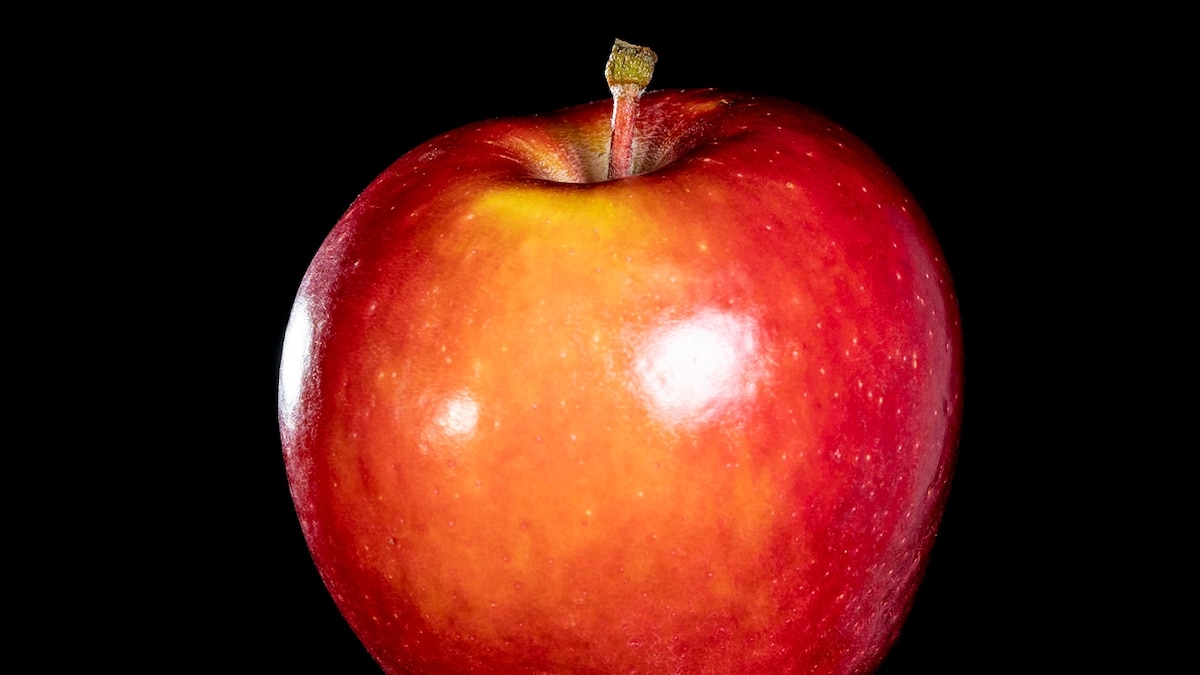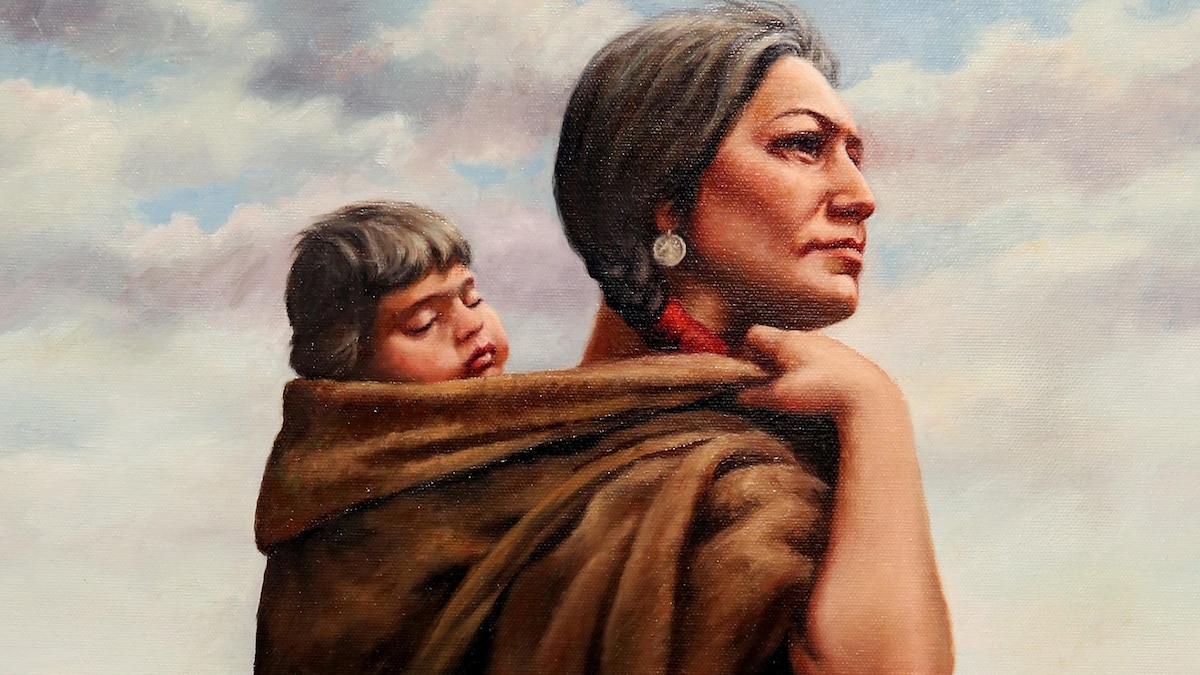Now Reading: Can you picture an apple in your mind? If not, you might have this condition.
-
01
Can you picture an apple in your mind? If not, you might have this condition.
Can you picture an apple in your mind? If not, you might have this condition.

Close your eyes and imagine an apple.
Can you see its shape? What color is it? Is it floating in the air, or being held by a hand, or sitting on a table?
If you find yourself struggling, you might have arecently coined condition called aphantasia.
People with aphantasia, or “aphants,” say they lack the ability to effectively visualize in their mind’s eye. They might have vivid imaginations, and lead very creative lives, but their brains work a little differently when it comes to visual imagery.
Twenty-five years ago, Adam Zeman, a professor of cognitive and behavioral neurology previously at the University of Exeter, now an honorary fellow at the Centre for Clinical Brain Sciences in Edinburgh, was introduced to the curious case of a man who had lost the ability to visualize following a heart procedure. That someone who previously had a vivid mind’s eye could suddenly lose it was novel case to Zeman, and one that raised questions about the way imagery functioned within the human brain.
Zeman’s research on this patient, when published in 2010, resonated with people: ones who hadn’t suddenly lost their ability to visualize, but instead had realized, thanks to the description of the patient in the study, that they’d never actually had that ability at all.
“Over the next few years, people began to get in touch saying, I’m just like [the patient], except that I always have been [non-visualizing],” Zeman remembers. He incorporated 21 of these new non-visualizers into a study which he suggested a modified version of the Greek word for imagination—phantasia—to describe those who claimed they had no visual memory.
Measuring the mind
Psychological studies and self-reporting made up much of the initial research on aphantasia, but this kind of subjective approach tends to provoke skepticism in laypeople, according to Christian Scholz, a PhD student at the Ruhr University Bochum in Germany studying the condition.
Skeptics suggest the real difference is not a person’s ability to produce a mental image but instead how they differently describe what it’s like to conjure a mental image.
“One argument against aphantasia being a real thing is—‘well, it’s just language anyway,’” he points out.
Scholz says “the people who tend to have more vivid [mental] imagery are also more skeptical of aphantasia”—it’s hard for a lifelong visualizer to believe someone else can lack the ability.
More recently, scientists have been able to test physiological differences between those who report a strong visual imagination and those who don’t.
“If you look into the sun, your pupils constrict. If you have imagery and you imagine looking into the sun, it turns out that your pupils constrict [as well]—and that doesn’t happen in people with aphantasia,” Zeman explains, referring to a 2022 study.
One study conducted in 2021 attached sensors to the fingertips of participants that measured changes in emotional arousal. Some participants were read a scary story while others were shown scary images. Compared to a control group of those who reported a strong visual memory, aphantasics failed to register fear responses to the stories, though their response to the images was the same as the control group.
This indicated to researchers that mental imagery was the mediating factor between something purely conceptual, like a story read aloud, and the listener’s gut reaction.
Another study published earlier this year measured brain activity in the visual cortex using MRI scans. Results suggested that visualization might be present in aphantasic brains, but only at levels too low for images to be decoded by the conscious mind.
“You see in people with hyperphantasia—vivid imagery—stronger connections between areas at the front of the brain and the [hindbrain] visual network than you do in people with aphantasia,” Zeman explains.
You May Also Like
A different way to remember the world
Sarah Shomstein, a professor of psychological and brain sciences at George Washington University, says the condition is not a disability and could shed light on how human perception and imagination has evolved and continues to evolve.
“There is no damage, there’s no deficit,” she says. “It’s a different way [of processing] which has to do with wiring, or some thresholding for activation. And it might be adaptive; it might not be.”
She suggests that aphants’ brains might be saving energy by processing visual stimuli differently than strong visualizers—rerouted through different areas of the brain that bypass the conscious mind. If it is an adaptive trait, perhaps a larger proportion of the population might grow to have it in the future, she suggests.
The apple test is how Shomstein realized that her own ability to form mental images differed from most people. This came well after she’d attained her PhD in cognitive neuroscience, and many years after she dismissed early reports of “aphantasia” as pseudoscience.
That doesn’t mean that she, or aphantasics in general, have no imagination. Far from it. “I can imagine things, I can create very complex imagery,” she explains. “It is just not in [a] visual form. So for me, everything is black—but I have a concept, I mentalize it.”
An individual’s unique consciousness
Zeman estimates that millions of people around the world have aphantasia—so why is the condition so poorly understood?
While the term was only coined in 2015, scientists have been grappling with how to describe differences in perception and memory for centuries. Francis Galton, the prolific 19th century psychologist and founder of eugenics, distributed a questionnaire in 1880 that revealed 12 out of 100 men could not visualize their own breakfast table.
W. H. R. Rivers, a prominent psychotherapist who treated shell-shock patients during World War I, lacked the ability to visualize and hypothesized that he had lost it as a child due to a traumatic experience in his home.
These observations, however, weren’t replicated by formal studies at the time. Tom Ebeyer, founder of the Aphantasia Network community group and an aphant since birth, thinks the condition has been long ignored because there aren’t documented negative impacts.
“When you look at outcomes, visualizers and non-visualizers have very common outcomes,” he says. Thousands of visitors to the Aphantasia Network’s site have taken the Vividness of Visual Imagery Questionnaire, allowing them to pinpoint their own level of visualization and provide useful data points in understanding the prevalence of aphantasia.
According to Ebeyer, members of the 60,000-strong network become artists, architects, authors, and take up other visualization-heavy careers. Both aphants and visualizers report being able to recognize faces of family and friends and navigate their way to familiar places.
Another place aphants congregate is the Reddit community /r/Aphantasia, where over 70,000 active members share personal experiences and discuss the latest research on the condition.
“I’d always assumed when people “counted sheep” to sleep or “pictured the audience naked” they were speaking metaphorically,” said one anonymous member of the aphantasia subreddit.
“I would have gone through my whole life never noticing I was different in this way had the subject not come out on the internet,” says subreddit member Megan Lee.
But for some members of Ebeyer’s Aphantasia Network, they worry their diminished mind’s eye cheats them out of memories others might experience vividly.
“I think that’s where people see the most impact in their daily life,” he says. “You can romanticize the ability to relive your past experiences, maybe revisit your loved ones in your mind, see what they look like,” an ability aphantasics feel they lack.
Zeman confirms that based on the latest research, “the most conspicuous consistent difference which emerges [..] is that [aphants] have a rather poor autobiographical memory.”
What’s next for the aphantasia community? Brought together by an experience which only a small percent of the world’s population shares, they are working to develop the vocabulary necessary to describe their experiences and communicate them to researchers.
“It’s an intriguing invisible difference,” says Zeman, “and it reminds us that we all tend to take our own experience as the norm, but actually the experience of others may be very different.”























